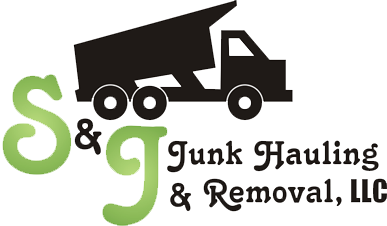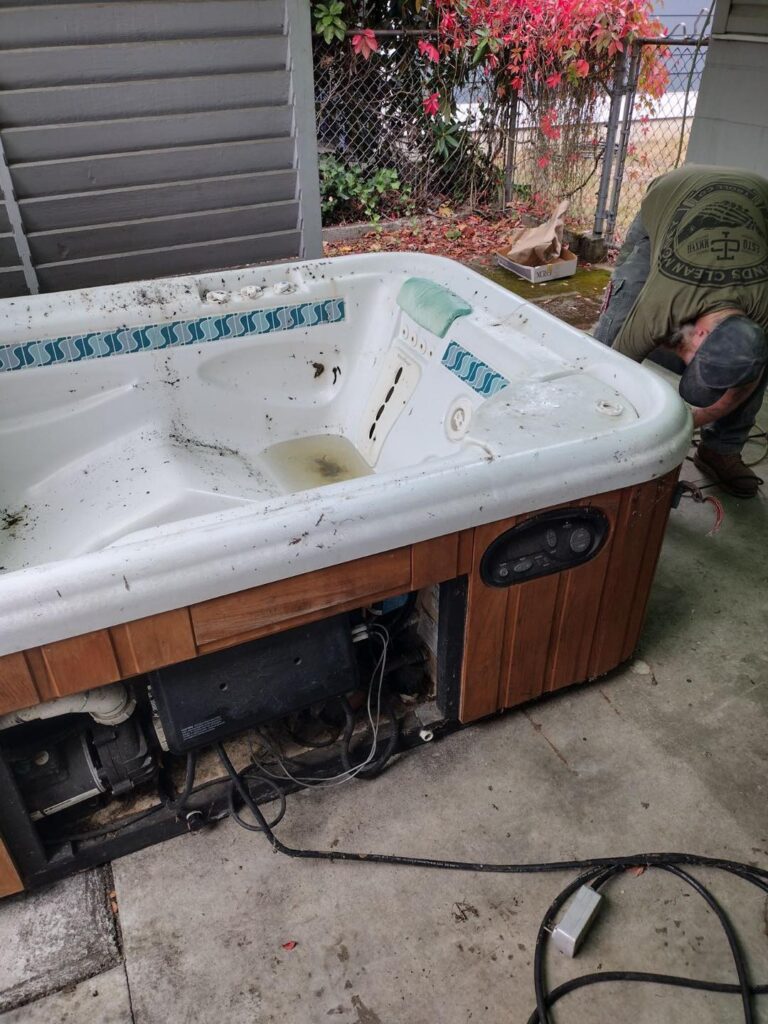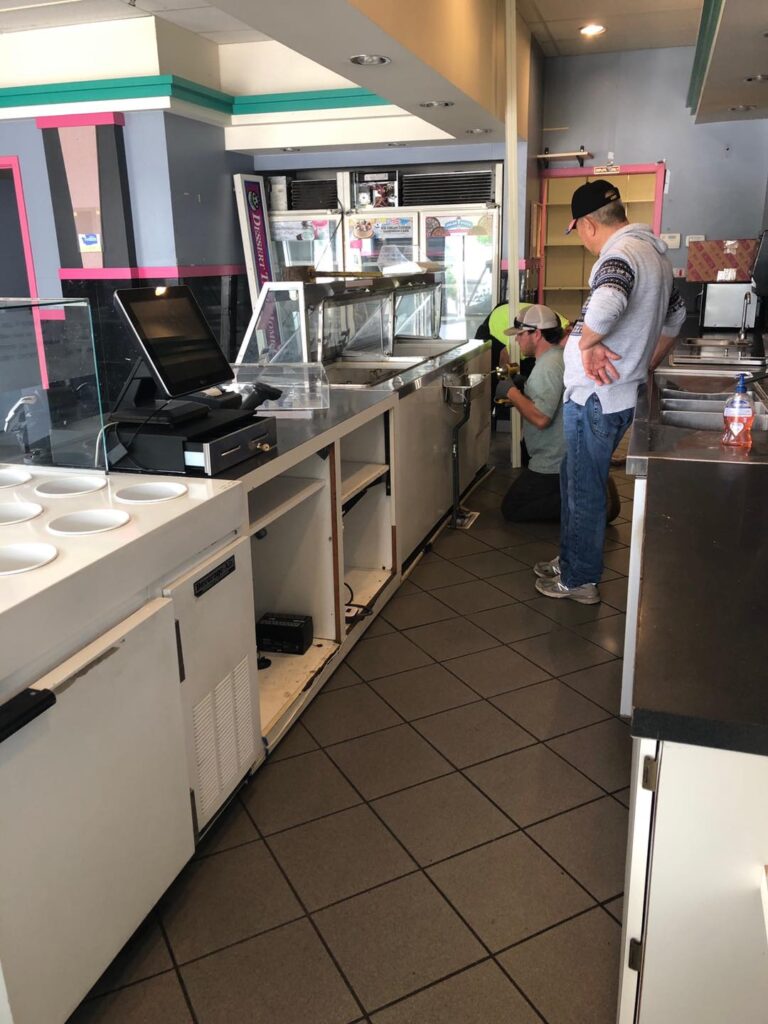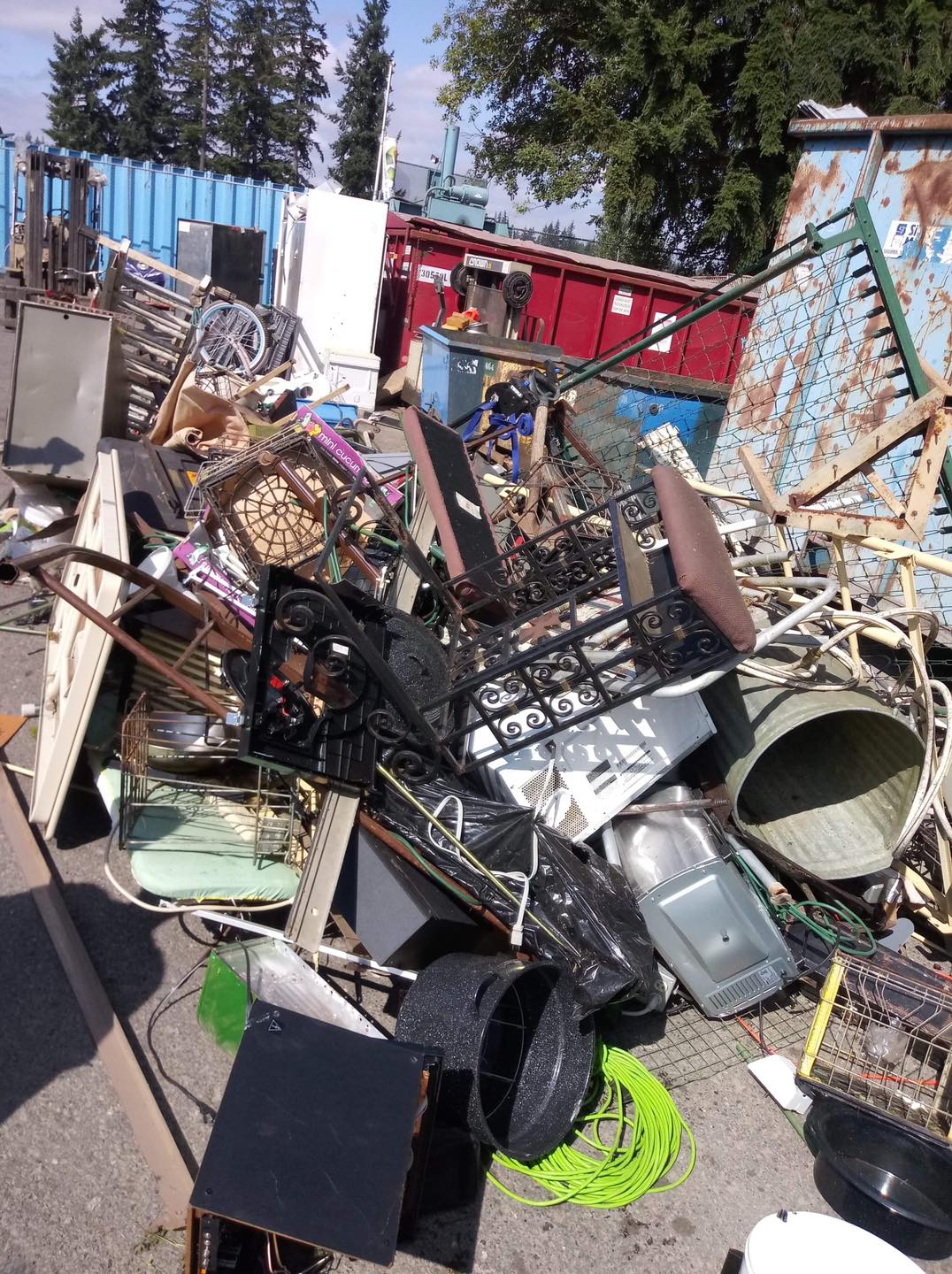How to Price Your Junk Removal Services
Understanding the pricing models for junk removal services is crucial whether you’re planning to start a junk removal business or looking to refine your existing pricing strategy. The right pricing model not only ensures the profitability of your business but also plays a significant role in customer satisfaction and competitive positioning. Looking for a Junk Removal Company in Snohomish County? Give SJ Junk Hauling a call at (425) 422-9042
Here are the key factors that influence junk removal pricing
- size/weight of the junk
- location/mileage
- labor required
- taxes and profit
Table of Contents
Size/Weight
The volume or weight of the junk being removed is one of the primary determinants of pricing in the junk removal industry. Pricing can be based on:
- Volume Pricing: Charging based on the amount of space the junk occupies in the removal vehicle. This model is straightforward for customers to understand and is commonly used for household and office cleanouts.
- Weight-Based Pricing: More suitable for construction debris or dense materials like concrete, where the weight can significantly impact the cost of disposal.
Location/Mileage
The distance to the job site and the disposal facility can significantly affect your pricing model due to fuel costs and time spent on the road. Considerations include:
- Flat Travel Fee: A set fee to cover travel expenses within a certain radius, with additional charges for jobs outside that area.
- Mileage-Based Charges: Directly tying travel costs to the distance traveled can ensure that longer jobs are priced appropriately.
Labor/Labor Required
The complexity of the job and the manpower required to complete it efficiently are also critical to determining your pricing. Factors to consider are:
- Standard Labor Costs: Including a set amount of labor (e.g., two workers for two hours) in your base price, with additional labor billed at an hourly rate.
- Size of The Job: For jobs that require special equipment, additional safety precautions, or are particularly labor-intensive, consider adjusting your pricing to reflect these additional requirements.
Equipment
The equipment used in junk removal not only affects the efficiency and safety of your operations but also has a direct impact on your pricing model. Here’s how equipment considerations can influence your pricing strategy
Equipment as a Pricing Factor
When pricing your junk removal services, consider the following:
- Base Pricing: Include the cost of standard equipment in your base pricing model.
- Additional Charges: For jobs that require specialized equipment, consider adding a surcharge to cover the additional costs and usage.
- Rental Options: If renting equipment is more cost-effective for occasional specialized jobs, factor the rental cost into your pricing for those services.
By carefully considering the role of equipment in your junk removal operations, you can develop a pricing model that covers your costs, supports your business goals, and provides value to your customers. Always communicate the reasons behind any additional charges related to equipment to maintain transparency and customer trust.
Taxes/Profit
Finally, your pricing model must account for taxes and ensure a healthy profit margin to sustain and grow your business. Key considerations include:
- Tax Considerations: Ensure your pricing model accounts for any sales tax or disposal fees required by local regulations.
- Profit Margin: After accounting for direct costs (labor, fuel, disposal fees, etc.), your pricing should include a profit margin that supports your business goals and allows for growth and reinvestment.
When determining your pricing model, it’s also essential to conduct market research to understand the competitive landscape in your area. Pricing too high may drive customers to competitors, while pricing too low could undermine your profitability.
Regularly reviewing and adjusting your pricing strategy in response to changes in operational costs, market demand, and competitive pressures will help ensure your junk removal business remains successful and sustainable.
Remember, transparency in pricing is key to building trust with your customers. Clearly communicating how your pricing works, including any potential additional charges, can help set customer expectations and enhance satisfaction with your junk removal service. Need any help with your junk removal? Give SJ Junk Hauling a call at (425) 422-9042
Frequently Asked Questions (FAQ) for Junk Removal Pricing Models
Junk removal pricing is often based on the volume or weight of the items to be removed, the location and mileage for pickup and disposal, the labor required for the job, and any applicable taxes or profit margins. Companies may offer flat-rate pricing for certain types of jobs or use a combination of these factors to calculate the cost.
Volume-based pricing refers to charging based on the amount of space the junk occupies in the removal vehicle. This is a common method because it allows for straightforward estimates and is easy for customers to understand.
The distance from the pickup location to the disposal site can impact the cost due to fuel expenses and travel time. Some companies may charge a flat fee within a certain radius and additional fees for longer distances.
Labor costs account for the time and effort required by the removal team to collect, load, and dispose of the junk. Complex or labor-intensive jobs may require more workers or time, thus increasing the price.
Yes, items that are particularly heavy or bulky may incur additional charges because they require more labor, specialized equipment, or may have higher disposal fees.
Junk removal services must account for local taxes and disposal fees in their pricing. Additionally, companies need to include a profit margin to ensure the business is sustainable and can grow.
Many junk removal companies offer free, no-obligation quotes. They may provide estimates based on descriptions or pictures of the junk, or they may need to perform an on-site evaluation to give an accurate price.



